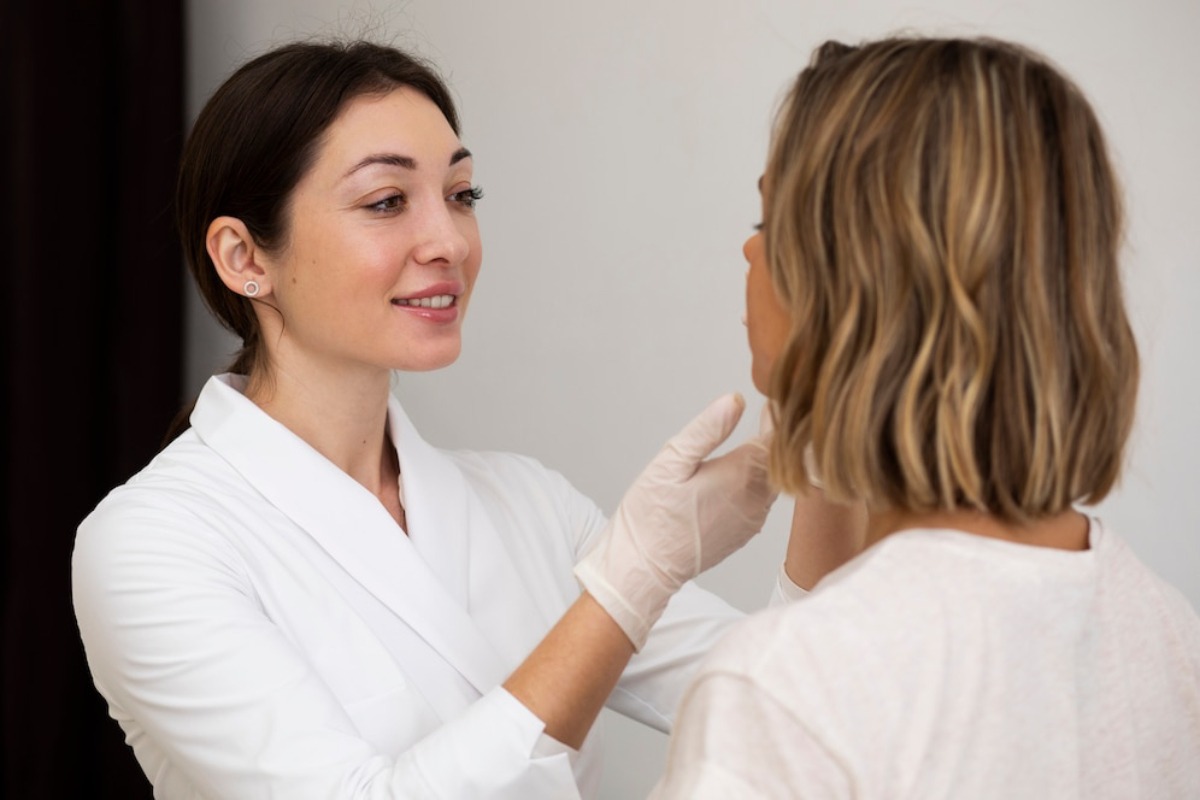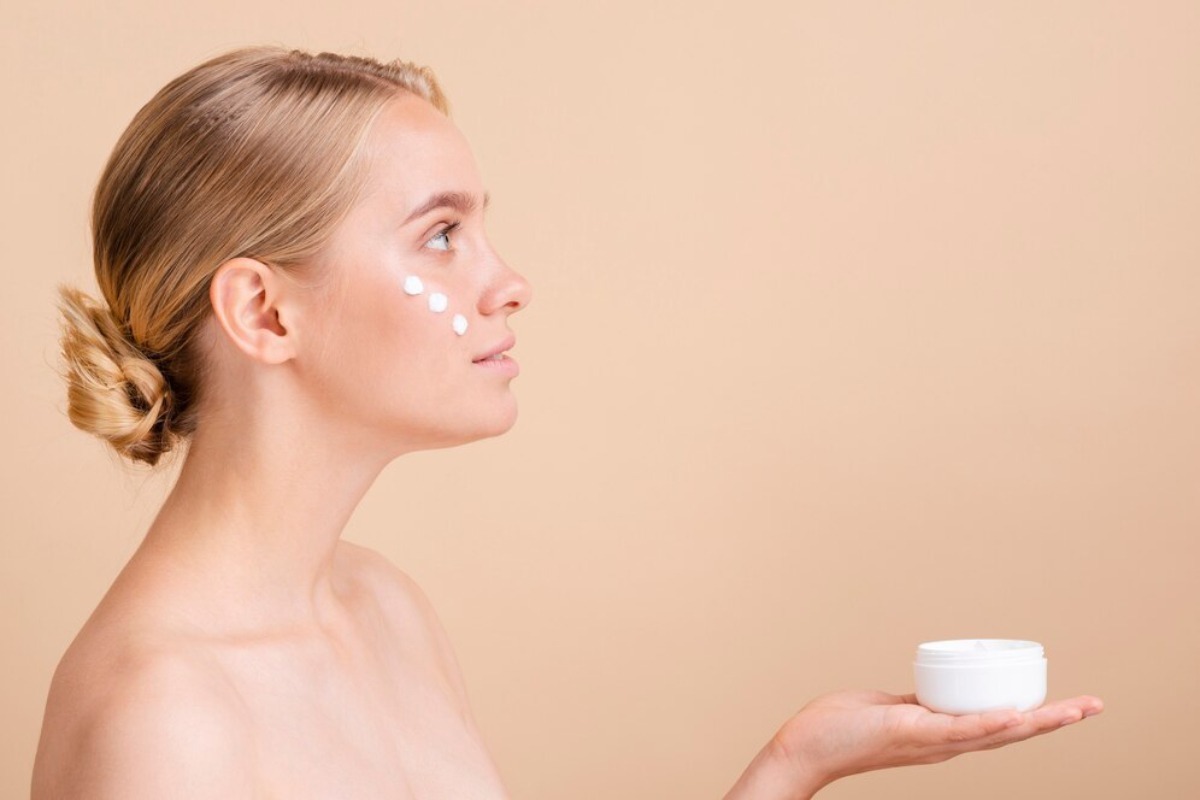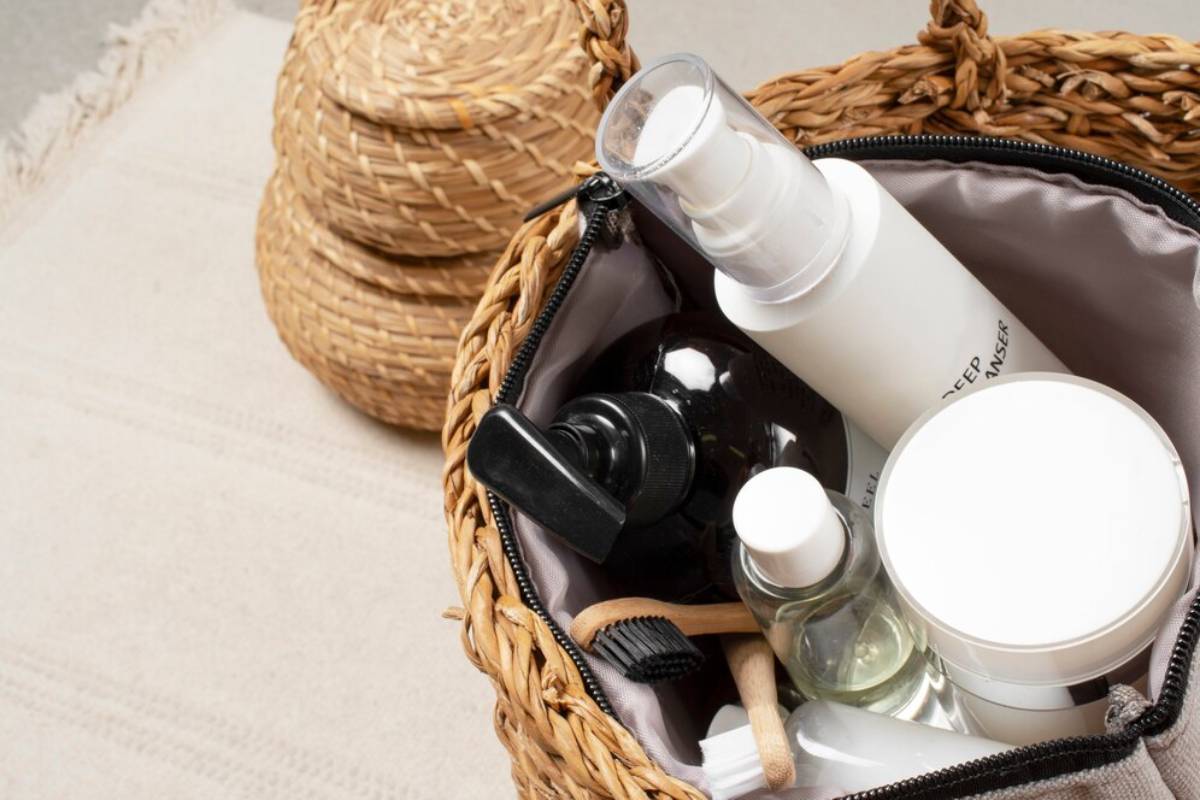
Prescription vs. Over-the-counter Skincare: What Works Best?
In the world of skincare, the debate between prescription and over-the-counter (OTC) products is a well-trodden path. Choosing between these two options can feel overwhelming as consumers get smarter about skincare. With many products promising radiant, youthful skin, how does one determine the best path to take? This blog looks at the pros and cons of prescription and OTC skincare products. We’ll share insights from expert dermatologists to help clarify your choices.
The importance of selecting the right skincare products cannot be overstated. Skin is the body’s largest organ, serving as a protective barrier against environmental aggressors. It requires proper care to maintain its health and appearance. Knowing the difference between prescription and OTC skincare is key. This matters whether you have acne, signs of ageing, or want a glowing complexion.
Key Benefits / Why It Matters
Prescription Skincare
Prescription skincare is the crème de la crème of skin solutions. Formulated through meticulous scientific exploration, these products tackle specific skin troubles head-on. They pack a punch. Often, they are more powerful than over-the-counter options. So, you need a dermatologist’s approval. This provides personalised treatments for issues like stubborn acne and dark spots from hyperpigmentation.
OTC Skincare
In contrast, OTC skincare casts a wider net, offering many choices. Accessible without a prescription, these products are perfect for the everyday skincare enthusiast. Ideal for those aiming to maintain a radiant complexion or combat minor nuisances like dryness and that nagging dullness, they bring skincare within reach for all.
The Importance of Choosing the Right Products
Navigating the skincare jungle is no small feat; selecting the right products is crucial. Wrong choices can cause problems, such as irritation, redness, or even worsening existing issues. So, it’s smart to get a dermatologist’s help when looking at prescription options. These experts provide advice that fits your skin’s specific needs.
Step-by-Step Guide / Actionable Insights

Step 1: Identify Your Skin Concerns
Before diving into the skincare sea, first pinpoint your primary concerns. Are pesky pimples, fine lines, or an uneven skin tone getting you down? Understanding your skin’s exact needs is the first step in crafting a victorious skincare routine.
Step 2: Consult a Dermatologist
For those grappling with specific skin hurdles, a dermatologist consultation is a must. These skin experts evaluate your complexion and provide bespoke advice, determining if prescription treatments are necessary. They can also recommend effective OTC gems that align with your skincare ambitions.
Step 3: Research Ingredients
Ingredient research is vital, whether you lean towards prescription or OTC. Prescription products might feature heavyweights like retinoids or hydroquinone, powerful yet potential skin irritants. Meanwhile, OTC contenders may boast gentler heroes like hyaluronic acid or vitamin C, soothing your skin without the heavy lifting.
Step 4: Patch Test
Introduce new products with a patch test—a tiny experiment! Apply a smidgen of the product on a discreet patch of skin, keeping an eye out for any unwelcome reactions over 24 to 48 hours.
Step 5: Monitor and Adjust
Once your products are in place, observe their effects closely. Any negative reactions or lacklustre results? Consult your dermatologist for guidance, as skincare is not a one-size-fits-all scenario. Adjustments may be the key to unlocking your best skin.
Advanced Insights / Expert Recommendations
Prescription Skincare for Advanced Results
If you want great results in skincare, prescription products work really well. Take retinoids, for instance; they’re a powerhouse for boosting cell turnover and refining skin texture. However, caution is key—start low and go slow to allow your skin to adapt gracefully.
Gentle Alternatives in OTC Skincare
Conversely, OTC products embrace a more delicate approach, perfect for sensitive souls or those just beginning their skincare journey. Niacinamide and peptides work wonders for anti-aging. They don’t irritate like stronger ingredients can. This means your skin feels cared for and loved.
Additional Expert Tips & Common Mistakes to Avoid

Expert Tips
- Consistency is Key: Whenever you take a route, consistency is the magic ingredient. Skincare is a marathon, not a sprint; patience leads to rewards.
- Layering Products: Mind your layers when applying multiple products. Start with lightweight serums, then layer on the heavier creams or oils for optimal absorption.
- Sun Protection: Always remember sun protection. Use a broad-spectrum sunscreen every day. This is crucial, especially when using prescription products that increase sun sensitivity.
Common Mistakes
- Overuse of Active Ingredients: Too many active ingredients can overwhelm your skin. Seek a dermatologist’s wisdom to find the right balance.
- Ignoring Skin Type: Not every product suits every skin type! Ensure your selections resonate with your skin’s personality, whether it’s oily or dry.
Conclusion: Finding the Right Skincare Path for Your Needs
In conclusion, choosing between prescription and OTC skincare depends on your skin’s needs and goals. Prescription products are strong solutions for specific issues, while OTC products offer easy options for everyday skincare. Seeing a dermatologist is key. They help you choose a skincare routine that works well and keeps you safe.
As you embark on your skincare journey, remember that achieving healthy skin is a marathon, not a sprint. With the right help and products, you can build a skincare routine. This routine will boost your natural beauty and support your skin’s health over time. What are your next steps in achieving your skincare goals? Consider booking a consultation with a dermatologist to explore the best options for your skin.


